Best Practices Articles

Channel Management Maturity: How to Get There
The concept of a channel has existed since the Stone Age–when one person bartered with another. While technology has evolved rapidly over the past few thousand years, for many companies the state of their channel maturity still resembles antiquated methods that stifle growth.
Based on our engagement with thousands of channel partners worldwide and our evaluation of how vendors deploy channel management, we have come up with a basic four-step framework for partner lifecycle management (or activities). We break down this lifecycle into four core areas: partner recruitment, partner engagement, partner enablement, and partner management.
As a part of the channel management maturity evaluation, it is essential to understand which phase a company is in when it comes to these four different areas of activities. This serves as a starting point with the idea that the channel will evolve and grow.
Phase 1: Laying the Foundation
This is the start-up phase of channel development. When you look at the activities at this level, it covers the following:
Partner Recruitment
The company has some basic partner recruitment capabilities in place by running tradeshows, webinars, and call-out campaigns. Recruitment is ad hoc, and not really focused around partner profiling or competency development, but more opportunistic.
Partner Engagement
The company knows how to provide a basic infrastructure. In many cases the following are homegrown:
- Partner portal- Tends to be patched together using either open source software, SharePoint or some other web development tools. However, the portal is monolithic, not localized and cannot offer personalized content. With that said, at this stage the basic content exchange capabilities are in place. Some companies in this phase deploy a basic level of partner relationship management automation.
- Partner onboarding- Signing contracts, training partners on how to sell and putting business plans together are the core steps in this phase, but most of these activities are done manually and there are no systems in place to track the progress of partner engagement.
- Partner communication- A weekly or monthly newsletter goes out to partners, but communication is not broadly aligned with strategic initiatives and intent. Most content is highly tactical, and not necessarily controlled and aligned with broader corporate initiative. Very rarely at this stage do we see deployment of partner relationship management automation.
Partner Enablement
The company provides a basic level of marketing and sales tools.
- Marketing and sales enablement- Price lists, product data sheets, marketing templates are available for partners to use. However, content is not mobile-friendly and not easy to search, tag and find at this level.
- Partner training- A basic partner certification and training mechanism is in place, but there is no structured learning management system (LMS) to digitally train, track and certify partners across multiple countries and languages.
Partner Management
The company has a loosely defined partner incentive structure in place, primarily using market development funds.
Incentives are available on an ad hoc basis, but no structured quarterly programs are in place, nor is there any competency alignment.
Phase 2: Refining the Structure to Scale
Companies entering this phase have a significant portion of their revenue (perhaps more than a few hundred million dollars) coming from the channel, and the channel is a strategic piece. Also, we see more prevalent deployment of automation to streamline multiple areas and workflows globally.
Partner Recruitment
Partner recruitment is a strategic initiative–structured in a few countries, but ad hoc in others. Some partner profiling analysis is done to understand what territories need pruning, and where new partners needed to be added. Multi-quarter programs are rolled out.
Partner Engagement
The company has a structured approach towards partner engagement by partner type, verticals, competencies, sales velocity, etc.
- Partner portal- This becomes a strategic tool to provide segmented content to specific sets of partners and is used extensively.
- Partner onboarding- The entire partner onboarding process is automated, and progress can be tracked dynamically using partner relationship management automation tools. Complete partner relationship management (PRM) tools are deployed sporadically as well.
- Partner communication- At this stage, communication tends to be more structured, regular and mature. Some level of communication personalization is achieved via partner profiles and usage of partnership relationship management automation tools.
Partner Enablement
The company has built a set of structured tools that are deployed by countries in various languages.
- Marketing and sales enablement- In addition to basic content, the company provides advanced, academy-level marketing and sales content. Integrated marketing tools and campaigns are available for partners to use. Many companies at this stage also use multi-partner demand-generation activities using some sort of a partner relationship management automation platform.
- Partner training- Both training and certification tend to be quite organized at this level, and also aligned with partner profiles (e.g., competency matching.). Training is also aligned to incentives and awards, and may even tie to strategic objectives.
Partner Management
The company has put together an advanced performance management process, and is trying to implement that across multiple countries. Performance and incentive parameters are clearly defined and actively enforced.
- Deal registration and protection- One of the core performance management and enhancement tools is deal protection and registration. The company may provide some basic level of automation and alignment with the rest of the programs.
- Advanced incentives- In addition to market development funds (MDF) and/or co-op funds, the company may also provide additional rewards, rebates and incentives. However, these programs may or may not be fully aligned with other programs and initiatives. Partner relationship management automation is used in an ad hoc way to create, deploy and manage incentive programs.
Phase 3: Optimizing the Channel to Excel
This is the most mature and advanced phase, where hundreds of millions, and may be even billions of dollars are flowing through the channel, and the entire existence of the company deeply depends on the success of the channel.
Partner Recruitment
Partner recruitment is a strategic initiative, and highly organized. Partner profiling is done on a regular basis to understand strengths, weakness, opportunities and threats on a territory-by-territory basis. Regular partner recruitment activities are carried out to fill gaps, prune and align with growth strategies.
Partner Engagement
The company fully streamlines its go-to-market activities behind competency-based profiling that aligns with end-user/customer segments. Allocation of resources is highly strategic, tied to overall sales objectives and initiatives.
- Partner portal- Partner relationship management automation is deployed end to end to ensure structured, segmented, and sequential engagement with partner companies and resources. The partner portal is a highly strategic asset that streamlines partner engagement and communication. Multiple functions and departments use the portal as a strategic tool for product releases, updates, pricing, program changes and enhancements.
- Partner onboarding- This is recognized as one of the most critical phases of engagement. Ramp-to-revenue is considered a highly important metric, and partner relationship management automation is used end to end to speed up onboarding, tracking and management of new partners.
- Business planning- A structured business planning step is introduced and managed actively. Premier partners are required to submit detailed bi-annual business plans, which are reviewed with channel managers on a quarterly basis. Partner relationship management automation is used to track all business plans and their current status.
- Partner communication- Segment-based partner communication plays a critical role in making sure the right content is available to the right partner at the right time. Partners can personalize content access and delivery. Partner relationship management automation is used end to end to keep partners informed and productive.
Partner Enablement
This step takes center stage in mature channel organization. Organizations that excel at partner productivity tend to have a highly structured and robust enablement program. Partner relationship management automation plays a critical role in making a robust enablement program a true reality.
- Marketing and sales enablement- The entire marketing and sales enablement program is highly dependent on a robust partner relationship management automation platform, and has a set of aligned programs and elements in place. Marketing activities are strategic and are focused on extending the reach of the company via a distributed channel network. Programs are initiative-based, and are fully aligned with a performance management and incentives program.
- Partner training- All partners have access to training at various levels of complexities. Partners who are starting up have access to basic certification programs, but the company also offers vertical and multiple competency-based training paths that are value-added to partners’ technical staff and differentiate from competitive partner ecosystems. The strength of the partner ecosystem is directly measured via training and certification modules of the partner relationship management automation platform.
Partner Management
The company has a quarter-by-quarter performance management system that allows them to align channel management team members with partner targets and achievement status. Improvement plans are put in place to drive and increase productivity for partners who are not performing. Pruning is performed as necessary to streamline resource allocation and maximize focus. Partner relationship management automation plays a critical role in tracking and managing partner performance at a global level.
- Lead management and distribution- The company uses a structured lead management and distribution process to hand overqualified leads to partners who are capable and performing, but also encourages partners to generate leads on their own by leveraging enablement tools from the partner relationship management automation platform.
- Deal registration and protection- Both elements of deal registration and protection programs are fully aligned with competency-based selling for high-performing partners. The partner relationship management automation platform plays a critical role in making sure deals are tracked, measured and registered appropriately and the right approval routing is used to eliminate channel conflict and confusions.
- Advanced incentives- In addition to market development funds (MDF) and/or co-op funds, the company may also provide additional rewards, rebates and incentives. However, these programs may or may not be fully aligned with lead generation, deal registration and management.
- Sales rewards- Individual sales rep-level performance incentives are introduced and fully aligned with pipeline development and other relevant performance metrics.
Reaching Maturity
I realize this article may be daunting for some, but it describes a multi-phase path to maturity that is quite real for many. The key is not to get frustrated with the current lack of maturity at your organization or become too content with a high level of maturity.
Channel is a powerful asset to any organization selling indirectly to buyers, but constant rethinking, alignment, and management are also critical to keep go-to-market strategies fresh and partners energized. However, change for the sake of change–and especially change that is not aligned with data–can lead to severe dissatisfaction with the partner base and cause performance to degrade overnight.
This is where partner relationship management automation can be especially valuable, providing full visibility, tracking and execution, with the ability to scale globally.
For more information, please check this article.
Best Practices Guidebook
 Startup Talent Recruitment: Hiring Missionaries, Not Mercenaries
Startup Talent Recruitment: Hiring Missionaries, Not MercenariesDownload for FREE
 The Future of Partner Relationship Management with AI in Partnerships
The Future of Partner Relationship Management with AI in PartnershipsDownload for FREE
 Cybersecurity for the 99%: Strategies from the Frontline
Cybersecurity for the 99%: Strategies from the FrontlineDownload for FREE
 Mastering Partner Relationships: A Strategic Approach to Business Growth
Mastering Partner Relationships: A Strategic Approach to Business GrowthDownload for FREE
 The Smart Manufacturing Playbook: Industry 4.0 Transformation
The Smart Manufacturing Playbook: Industry 4.0 TransformationDownload for FREE
 Mastering Partner Relationship Management: Keys to SaaS Channel Success
Mastering Partner Relationship Management: Keys to SaaS Channel SuccessDownload for FREE
 Navigating the AI Revolution: Guide for Partners in the Microsoft Ecosystem
Navigating the AI Revolution: Guide for Partners in the Microsoft EcosystemDownload for FREE
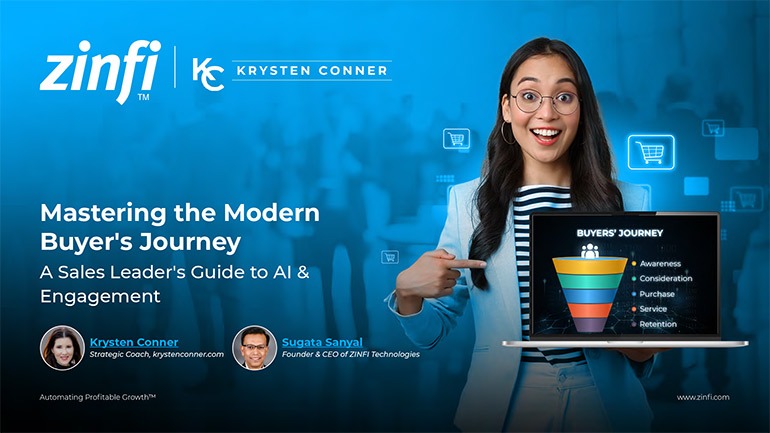 Mastering the Modern Buyers Journey: Sales Leader’s Guide to AI & Engagement
Mastering the Modern Buyers Journey: Sales Leader’s Guide to AI & EngagementDownload for FREE
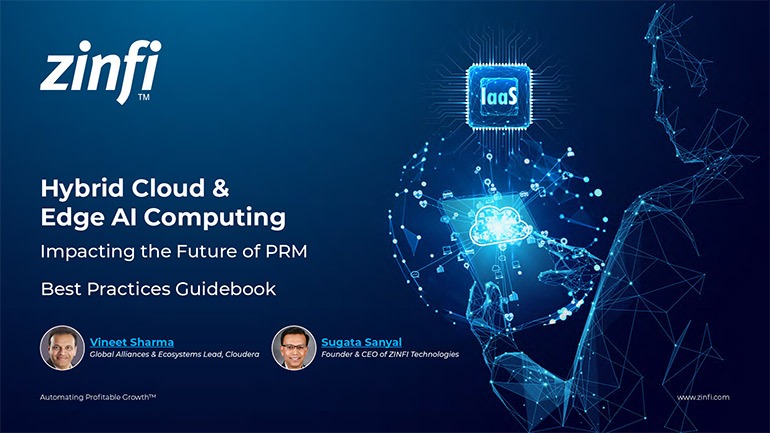 Hybrid Cloud and Edge AI Computing Impacting the Future of PRM
Hybrid Cloud and Edge AI Computing Impacting the Future of PRMDownload for FREE
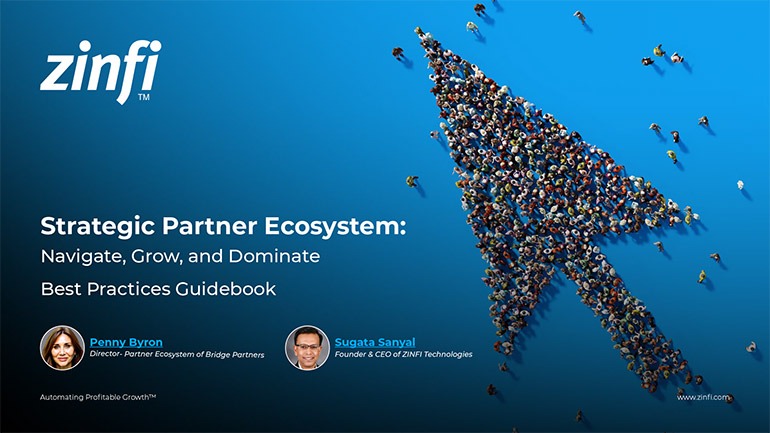 Strategic Partner Ecosystem: Navigate, Grow, and Dominate
Strategic Partner Ecosystem: Navigate, Grow, and DominateDownload for FREE
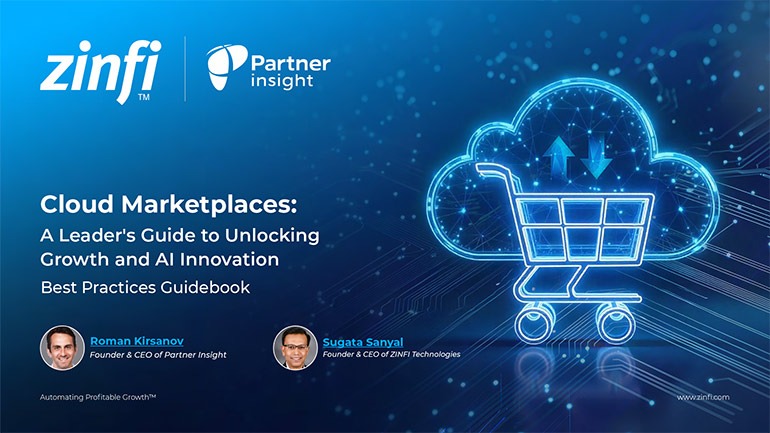 Cloud Marketplaces: Leader’s Guide to Unlocking Growth and AI Innovation
Cloud Marketplaces: Leader’s Guide to Unlocking Growth and AI InnovationDownload for FREE
 Getting More From Partner Performance: Guide to Measuring What Matters
Getting More From Partner Performance: Guide to Measuring What MattersDownload for FREE
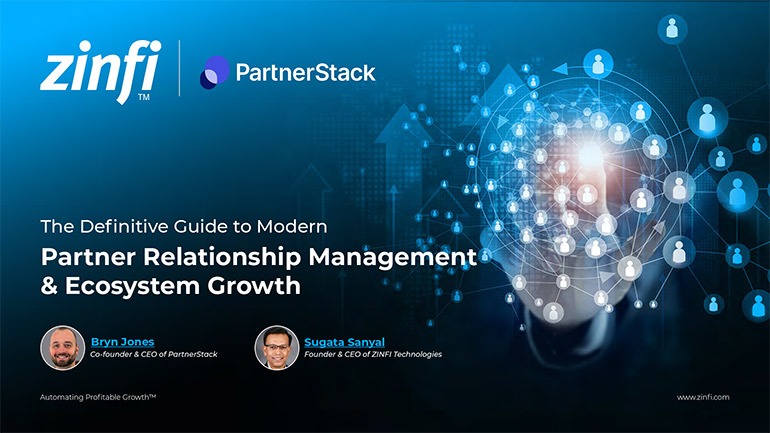 Guide to Modern Partner Relationship Management & Ecosystem Growth
Guide to Modern Partner Relationship Management & Ecosystem GrowthDownload for FREE
 Debunking the Entrepreneurship Myth Best Practices
Debunking the Entrepreneurship Myth Best PracticesDownload for FREE
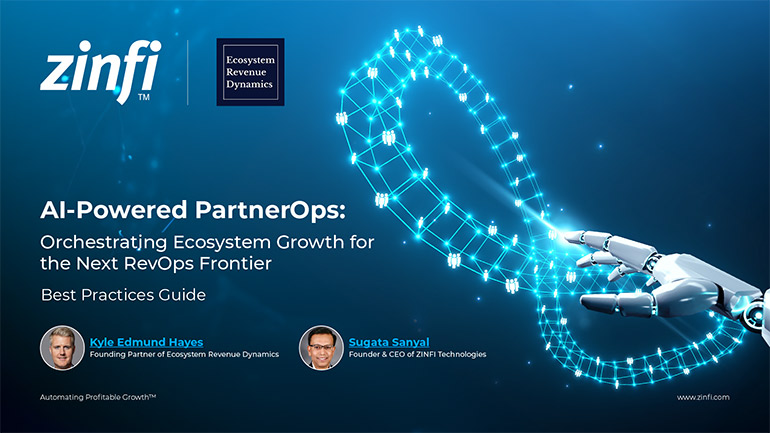 AI-Powered PartnerOps: The Next RevOps Frontier Best Practices
AI-Powered PartnerOps: The Next RevOps Frontier Best PracticesDownload for FREE
 Humanizing Brands: Guide to Strategic Partnering Best Practices
Humanizing Brands: Guide to Strategic Partnering Best PracticesDownload for FREE
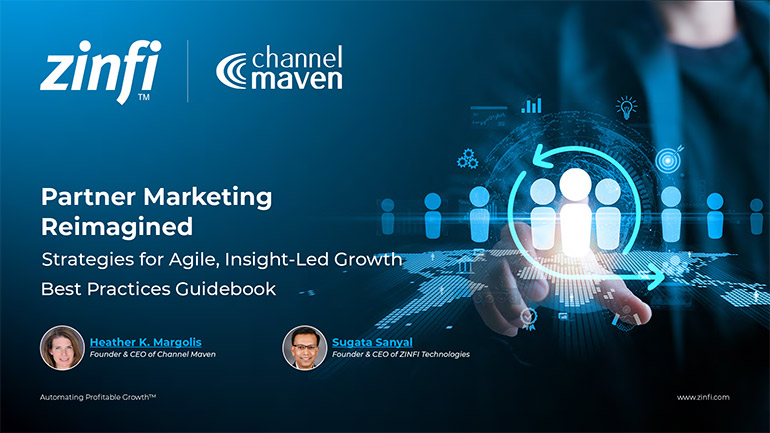 The AI-Powered Partner Ecosystem Best Practices
The AI-Powered Partner Ecosystem Best PracticesDownload for FREE








